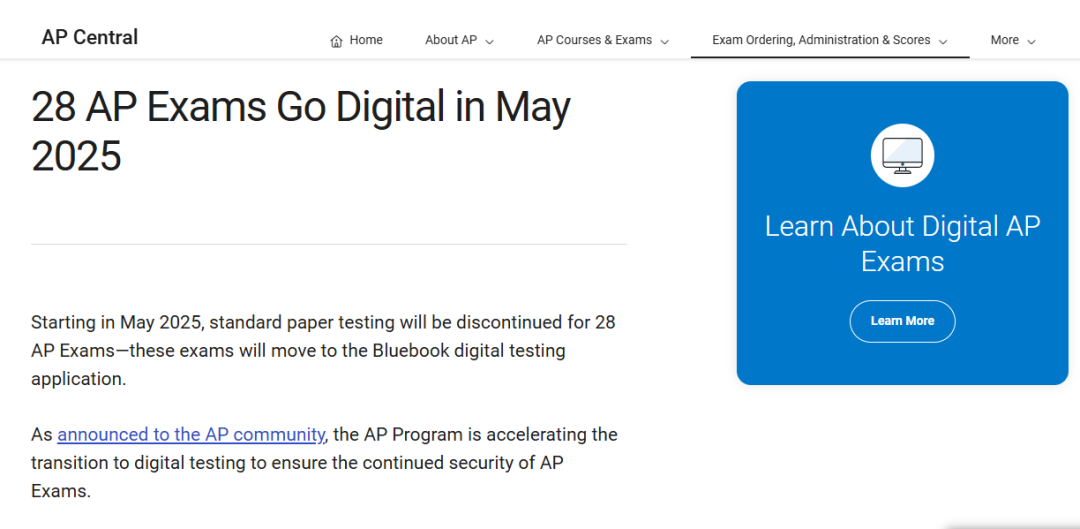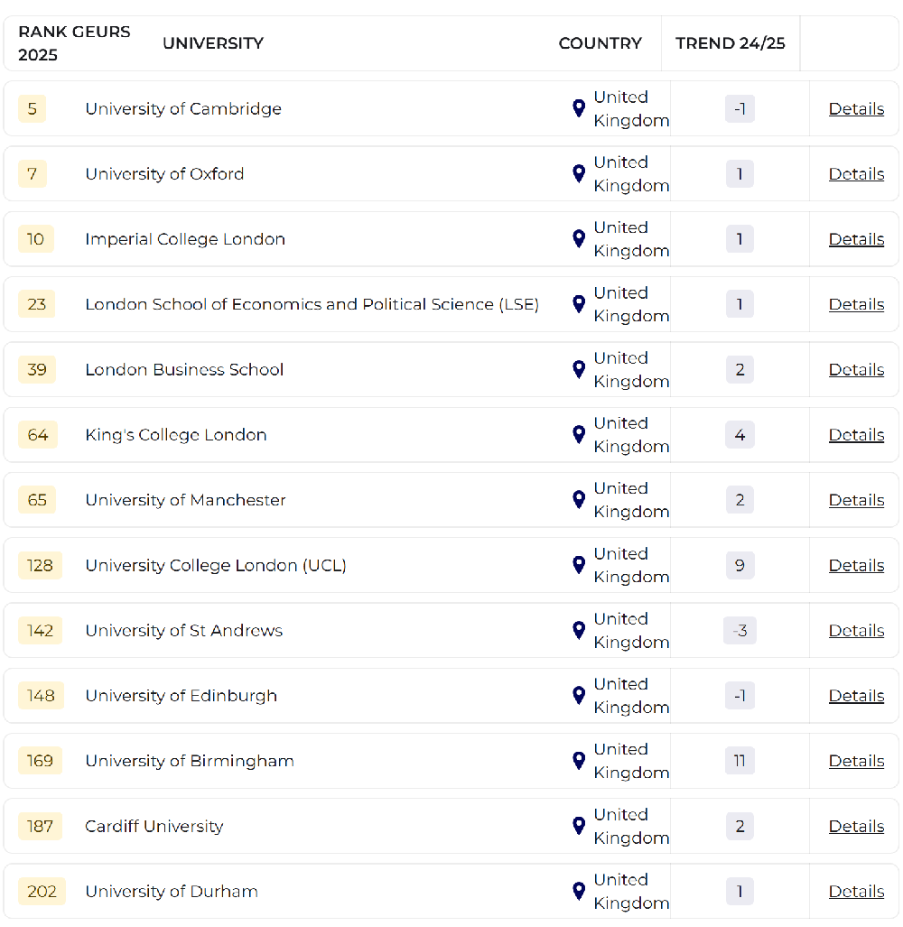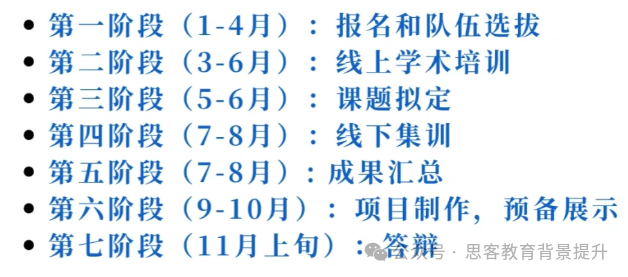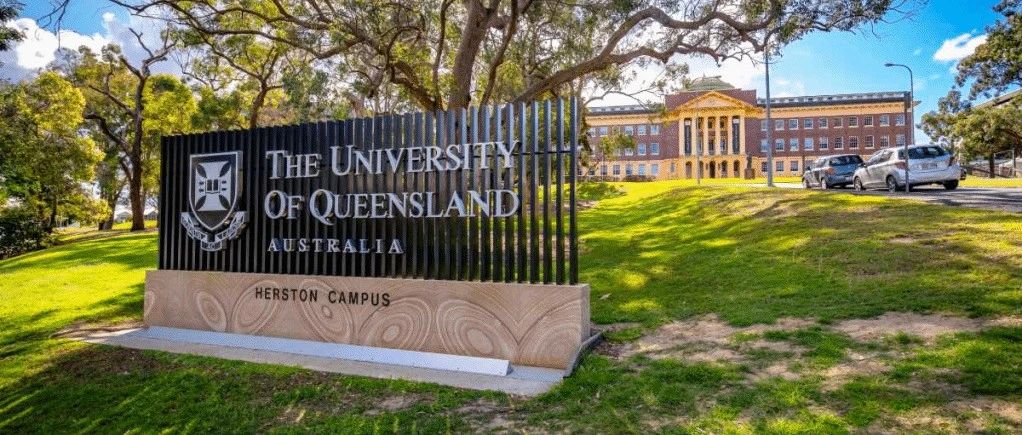COURSEMO生物组的Daisy老师为大家总结了AS生物考前必过的5个知识点!如下:Unit4 Cellmembrane and transport
Cell signalling
Main stages in the process of cell signalling leading to specific responses:
- Secretion of specific chemicals (ligands) from cells
- Transport of ligands to target cells
- Binding of ligands to cell surface receptors on target cells
 Unit 6 Nucleic acid and protein synthesis
Unit 6 Nucleic acid and protein synthesis
semi-conservative replication of DNA
① The DNA double helix unwindsas the hydrogen bondsbetween the bases break.
(This is catalysed by the enzyme helicase at replication fork)
② The separated strands each provides a templatefor creating a new strand of DNA
③ Free activated nucleotides pair up with their complementary nucleotides on the template strand by forming hydrogen bonds in between(A with T,C with G)
④ DNA polymeraselinkstogether the phosphate and deoxyribose groupsof adjacent nucleotides in one direction, from the 5’end to the 3’end
⑤ The strand that is made continuously is called the leading strand(5’to 3’)
⑥ The other that can not be made in such a continous way, is called the lagging strand(3’to 5’)
⑦ On the lagging strand, the DNA polymerase can only make this strand in a series of smallchunks called Okazaki fragments
⑧ Finally, the enzyme DNA ligaseseals all the fragments of the lagging strand by joining thesugar-phosphate backbones
⑨ Then each pair of double strands winds up into a double helix
⑩ This is called semi-conservative replicationin which one strand of each new double helix comes from the parent DNA and one is newly synthesized strand
(i.e. half the original molecule is conserved)

Unit 7 Transport in plants
Translocation
① Loading:
- H+are pumped from companion cells to the leaf cell by H+pump actively(driven by ATP), creating a diffusion gradient for H+
- H+ diffuse back to the companion cell through the co-transporter proteins bringing sucrose with them
- High concentration sucrose diffuse into S.T.E from companion cell through plasmodesmata
② Mass flow(of phloem sap):
- concentration of sucrose in S.T.E ↑
- water potential ↓
- water moves to S.T.E by osmosis
- building up of a hydrostatic pressure
- assimilates transported by mass flow froma region of high hydrostatic pressure to a region of low hydrostatic pressure
③ Unloading:
Sucrose are used for metabolism, storage(starch)and growth(cellulose)
 Unit 8Transport in mammals
Unit 8Transport in mammals
the role of red blood cells in transporting oxygen and carbon dioxide
– In respiring tissue:pO2 ↓pCO2 ↑
- ~ 5 % CO2dissolved in plasma
- ~10 % CO2binds to the NH2terminal of haemoglobin (Hb) to form carbamino-
haemoglobin (HbCO2)
- ~ 85 % CO2combines with H2O to form carbonic acid (H2CO3) which then dissociates into
hydrogen ions (H+) and hydrogencarbonate ions (HCO3-) catalysed by carbonic anhydrase ;
Oxyhaemoglobin (HbO8) combine with H+to form haemoglobinic acid (HHb) and release O2
* The haemoglobin absorbs the H+ ions and acts as a buffer to maintain the intracellular pH
* chloride(Cl-)shift:
the movement of chloride ions into red blood cells from blood plasma, to balance the movement of
hydrogencarbonate ions(HCO3-)into the plasma from the red blood cells
* H+ cannot diffuse out of red blood cells
– In lungs:pO2 ↑pCO2 ↓
When the red blood cell reaches the lungs, HCO3-is pumped back into the cell and the entire process is reversed
- carbaminohaemoglobin (HbCO2) dissociates to form CO2 and Hb
- HHb pick up O2to release H+;
HHb + 4O2 → HbO8 + H+
H+combine with HCO3-to form H2CO3;
H2CO3dissociates to form CO2and H2O catalyzed by carbonic anhydrase ;
CO2diffuses into alveolus down a concentration gradient
 Unit 11 Immunity
Unit 11 Immunity
the hybridoma method for the production of monoclonal antibodies
① small mammalis injectedwith sepcific antigen
② immune response occurs (over several weeks)
③ plasma cells are extracted from spleen ;
④ plasma cells are fused withcancercells (to form hybridomas) ;
⑤ hybridoma cells are separated (into wells) to produce clones
⑥ screenfor hybridomas producing desired(monoclonal) antibodies /Mabs















